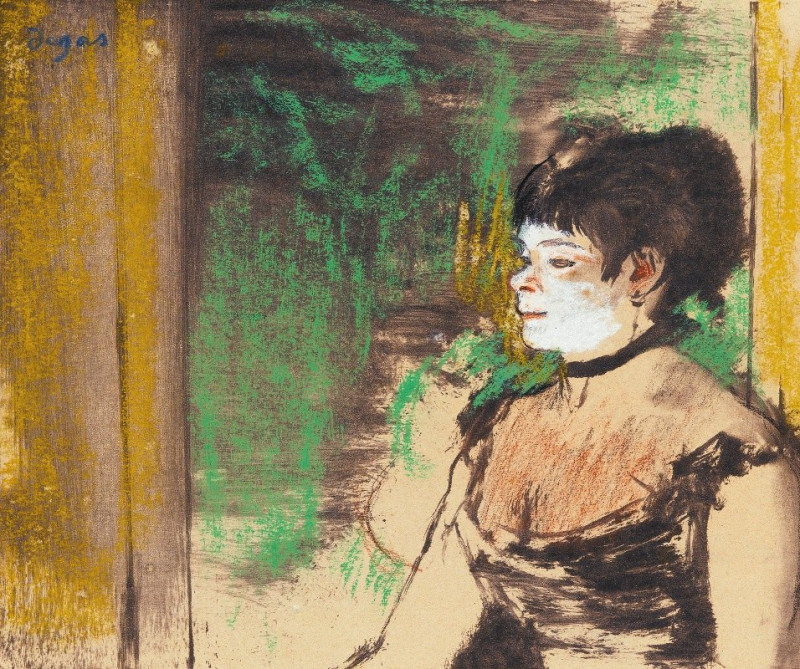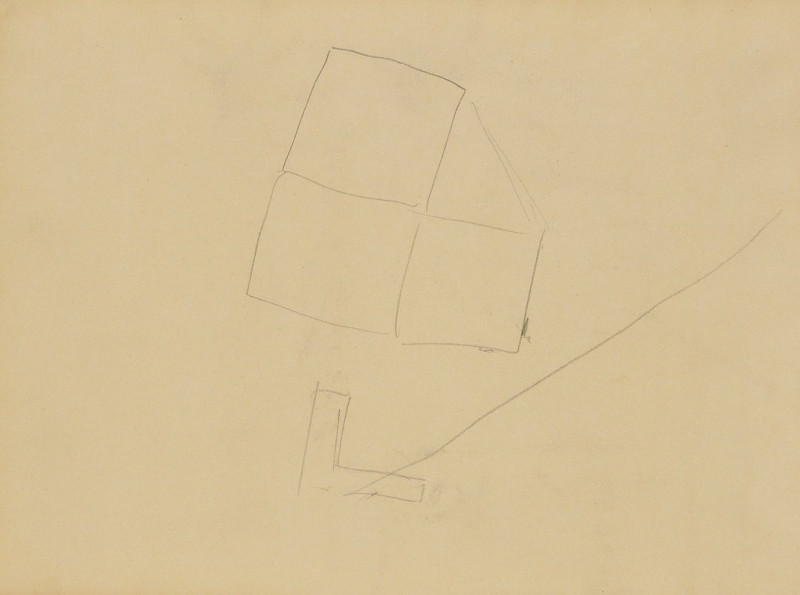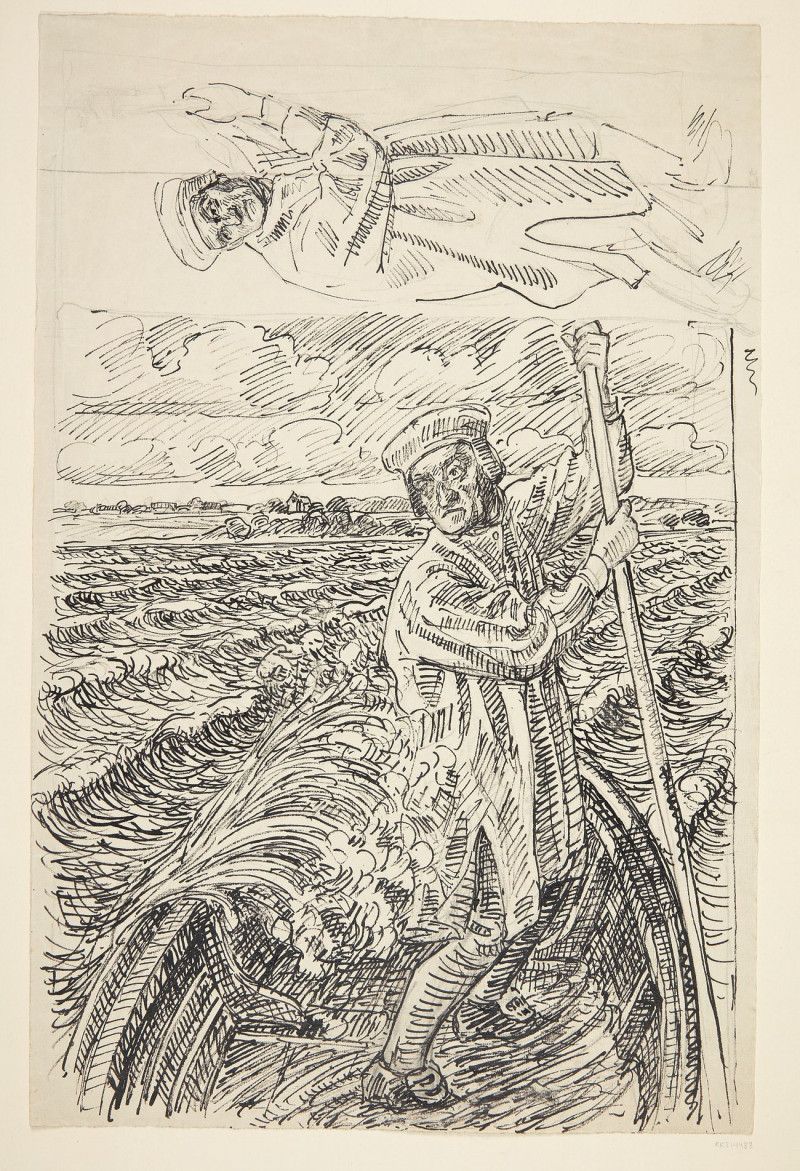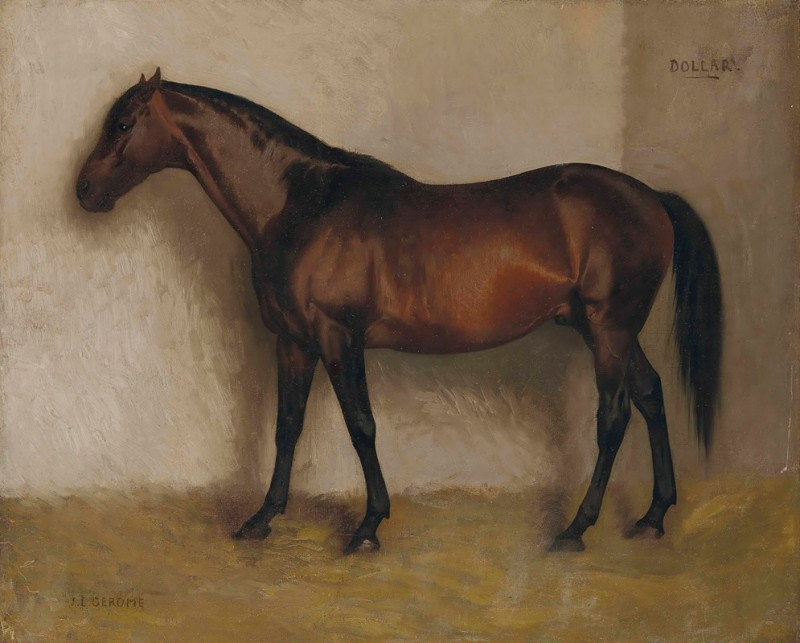Head of the Fallen Jockey (study for ‘Scene from the Steeplechase – The Fallen Jockey’) (c. 1866)
Technique: Giclée quality print
Recommended by our customers
More about this artwork
Within the evocative contours and somber tones of "Head of the Fallen Jockey" lies a poignant exploration of human vulnerability and fleeting moments in time, captured by the masterful Edgar Degas around 1866. This study, a preparatory work for his larger composition "Scene from the Steeplechase – The Fallen Jockey," showcases Degas's keen observation and his ability to convey depth of emotion through subtlety.The artwork depicts the lifeless head of a jockey, tilted back in a serene yet haunting pose, suggesting the dire consequences of a fall during a high-stakes race. The stark realism portrayed through the jockey’s features convey the harsh physicality and risks inherent in equestrian sports, a subject Degas revisited multiple times throughout his career.Rendered primarily in charcoal and pastels, the contrasts between light and shadow play across the jockey’s face, emphasizing his closed eyes and the relaxed disposition of his death-like state. The brown tones of the paper enhance the earthiness and gravity of the scene, grounding the viewer in the moment's quiet tragedy.Edgar Degas, primarily known for his dancers, does not shy away from the raw, less aestheticized aspects of life in "Head of the Fallen Jockey.















































